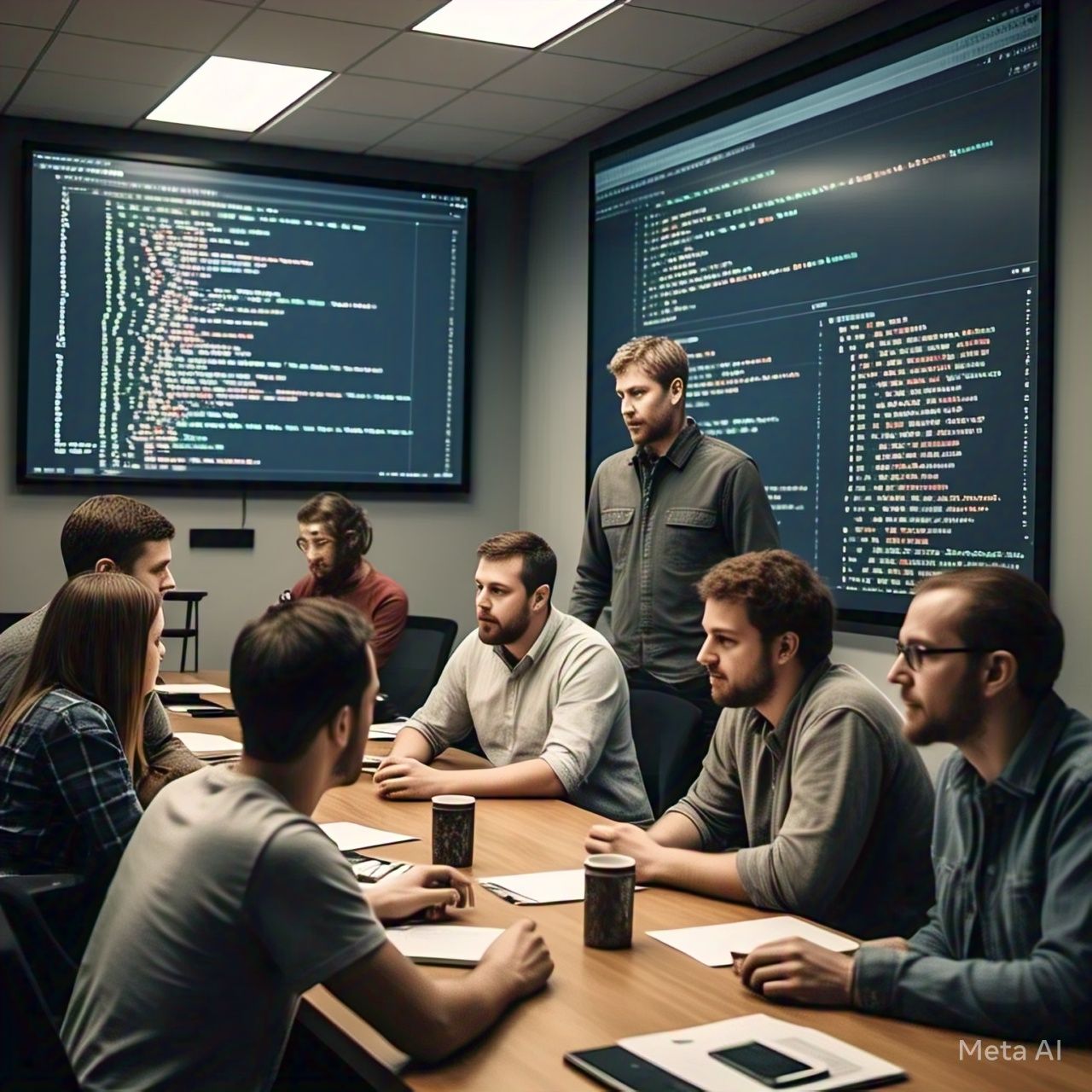Table of Contents
- Introduction
- What is a Code Review?
- Why Code Reviews Matter
- Key Benefits of Code Reviews
- Common Code Review Practices
- Types of Code Reviews
- Code Review Best Practices
- Challenges in Code Reviews and How to Overcome Them
- Automated vs. Manual Code Reviews
- The Future of Code Reviews
- Conclusion
- FAQs
1. Introduction
Code reviews are a critical component of modern software development, ensuring code quality, improving collaboration, and reducing technical debt. A structured code review process helps teams maintain consistency, enhance security, and foster a culture of continuous improvement. This article explores the importance of code reviews, best practices, and how they contribute to building robust software solutions.
2. What is a Code Review?
A code review is the systematic examination of source code by developers other than the original author. It is typically conducted to:
- Identify bugs and vulnerabilities
- Ensure adherence to coding standards
- Improve maintainability
- Facilitate knowledge sharing within teams
Code reviews can be done manually or through automated tools, depending on the team’s workflow and project requirements.
3. Why Code Reviews Matter
Without proper code reviews, software projects can suffer from poor code quality, increased technical debt, and higher maintenance costs. Here are some key reasons why code reviews are essential:
- Detecting Bugs Early: Catching errors before deployment reduces costly fixes later.
- Enforcing Coding Standards: Ensures consistency and readability across the codebase.
- Improving Security: Identifies vulnerabilities before malicious actors can exploit them.
- Enhancing Collaboration: Promotes teamwork and shared ownership of the code.
- Reducing Technical Debt: Helps prevent shortcuts and bad practices from accumulating.
4. Key Benefits of Code Reviews
| Benefit | Description |
|---|---|
| Higher Code Quality | Encourages best practices and consistent coding styles. |
| Improved Security | Detects security loopholes before they become a problem. |
| Faster Debugging | Makes it easier to understand and troubleshoot code. |
| Increased Knowledge Sharing | Helps team members learn from each other. |
| Better Documentation | Encourages well-commented and well-structured code. |
5. Common Code Review Practices
To ensure effective code reviews, teams adopt various practices, including:
- Pair Programming: Two developers work together, with one writing code and the other reviewing in real-time.
- Over-the-Shoulder Reviews: A developer explains their code to a colleague, who provides feedback.
- Formal Inspections: A structured review process with a checklist and assigned reviewers.
- Tool-Based Reviews: Using automated tools to detect syntax errors, formatting issues, and potential vulnerabilities.
6. Types of Code Reviews
6.1 Pre-Commit Reviews
- Conducted before changes are merged into the main branch.
- Prevents bad code from entering the repository.
6.2 Post-Commit Reviews
- Reviews occur after code is committed but before deployment.
- Useful for large teams where immediate reviews are not feasible.
6.3 Automated Code Reviews
- Performed using tools like SonarQube, ESLint, and CodeClimate.
- Ideal for detecting syntax errors, formatting inconsistencies, and security issues.
6.4 Peer Reviews
- Conducted by fellow developers to validate logic, performance, and maintainability.
- Encourages shared learning and cross-functional knowledge.
7. Code Review Best Practices
- Set Clear Guidelines: Define coding standards and review criteria.
- Keep Reviews Small: Focus on manageable code changes to enhance efficiency.
- Use Checklists: Ensure all critical aspects, like security and readability, are covered.
- Provide Constructive Feedback: Highlight both positive aspects and areas for improvement.
- Automate Where Possible: Use tools to handle routine checks and focus manual reviews on logic and architecture.
- Encourage Open Discussion: Foster a culture of feedback without blame.
- Track Metrics: Measure review effectiveness by tracking defect detection rates and review times.
8. Challenges in Code Reviews and How to Overcome Them
| Challenge | Solution |
| Time-Consuming Reviews | Limit review sizes and set deadlines. |
| Lack of Engagement | Rotate reviewers to keep fresh perspectives. |
| Personal Bias in Reviews | Focus on objective criteria and coding standards. |
| Overlooked Issues | Use a mix of manual and automated reviews. |
| Resistance to Feedback | Foster a constructive feedback culture. |
9. Automated vs. Manual Code Reviews
Automated Code Reviews
- Faster and consistent.
- Great for detecting syntax errors and security issues.
- Lacks contextual understanding.
Manual Code Reviews
- Provides in-depth logic validation.
- Catches business logic errors.
- Time-consuming but crucial for high-quality code.
Best Approach: A combination of both methods ensures optimal results.
10. The Future of Code Reviews
With advancements in AI and machine learning, the future of code reviews is evolving. Some emerging trends include:
- AI-Assisted Code Reviews: Tools like GitHub Copilot analyzing code for common issues.
- Automated Performance Profiling: Identifying bottlenecks and optimization opportunities.
- Integration with DevOps Pipelines: Seamless CI/CD integration for continuous monitoring.
11. Conclusion
Code reviews are an indispensable practice in software development, ensuring code quality, security, and maintainability. By implementing structured review processes, leveraging automation, and fostering a culture of constructive feedback, development teams can significantly enhance the software development lifecycle.
12. FAQs
1. Why are code reviews important?
Code reviews improve software quality by identifying bugs, ensuring consistency, and enhancing collaboration among developers.
2. How often should code reviews be conducted?
Ideally, code reviews should be performed for every significant code change before merging it into the main branch.
3. Can code reviews slow down development?
While code reviews require time, they ultimately save effort by reducing bugs and technical debt in the long run.
4. What tools can help with code reviews?
Popular tools include GitHub Code Review, GitLab Merge Requests, Crucible, SonarQube, and CodeClimate.
5. How can teams make code reviews more effective?
By setting clear guidelines, using automation, keeping reviews small, and fostering a positive feedback culture.




